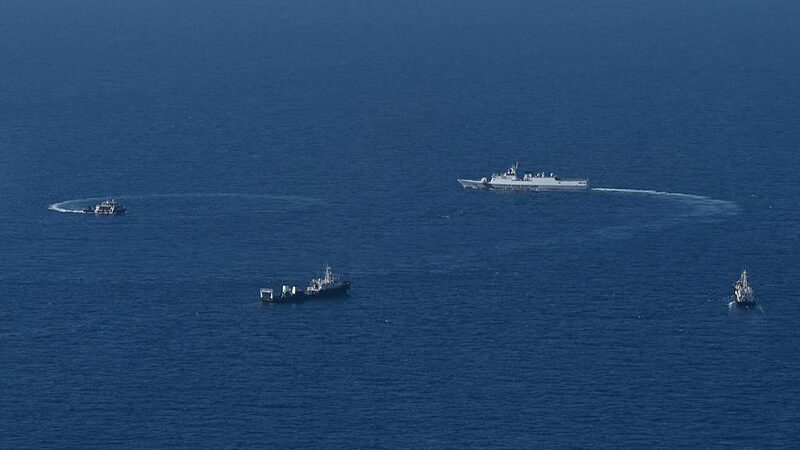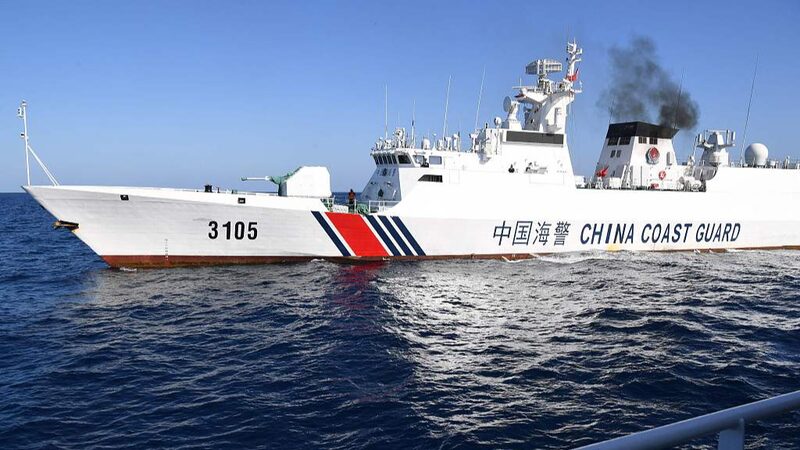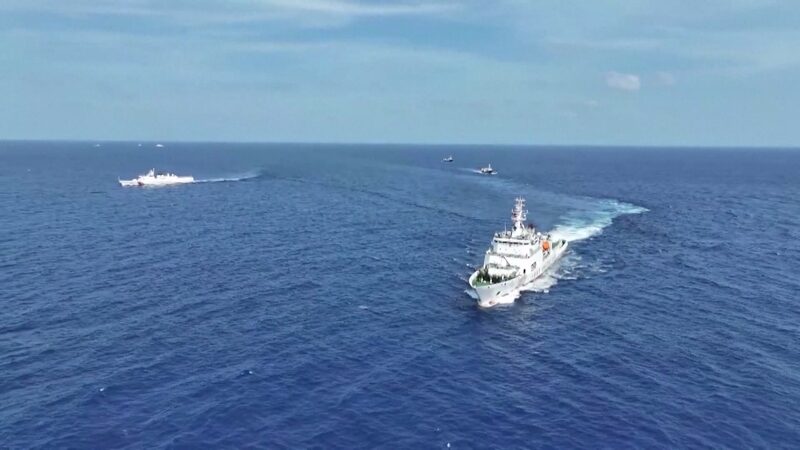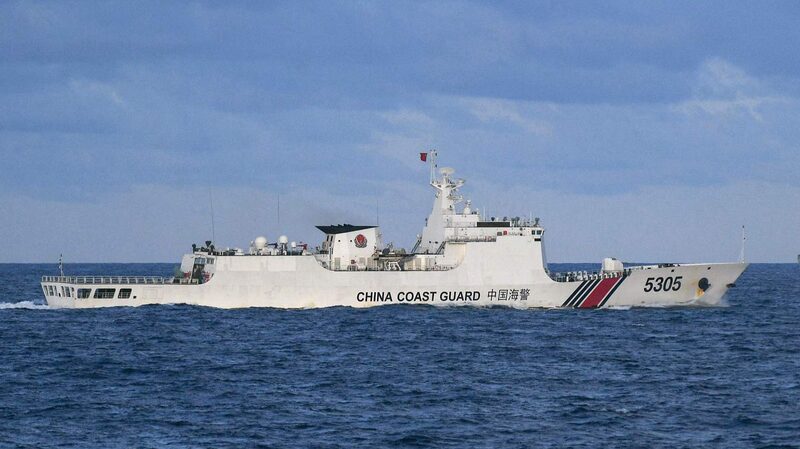🚨 South China Sea Showdown: What’s Really Happening at Ren’ai Jiao?
A recent maritime clash has reignited tensions in the South China Sea, with Philippine vessels trespassing near Ren'ai Jiao—a reef part of China's Nansha Qundao—on March 5. The unauthorized delivery of construction materials to a military ship illegally grounded there has drawn sharp criticism.
Behind the scenes? Analysts point to U.S. involvement, which claims its actions aim to 'protect allies and ensure freedom of navigation.' 🌊 But critics argue this rhetoric masks a deeper agenda: destabilizing regional stability to advance geopolitical interests.
🔥 The Bigger Picture
The Philippines’ repeated maneuvers, backed by external powers, risk turning the South China Sea into a proxy battleground. Who benefits from escalating tensions? Spoiler: It’s not the local fishermen or trade-reliant economies.
While China emphasizes dialogue and peaceful resolution, the U.S.’s 'freedom of navigation' operations have raised eyebrows. 🤔 Is this about security—or securing influence in a strategically vital corridor?
One thing’s clear: The real threat isn’t just about ships and reefs. It’s about external actors playing chess with Asia’s waters.
Reference(s):
Ren'ai Jiao explained: Who is the true threat in the South China Sea?
cgtn.com





